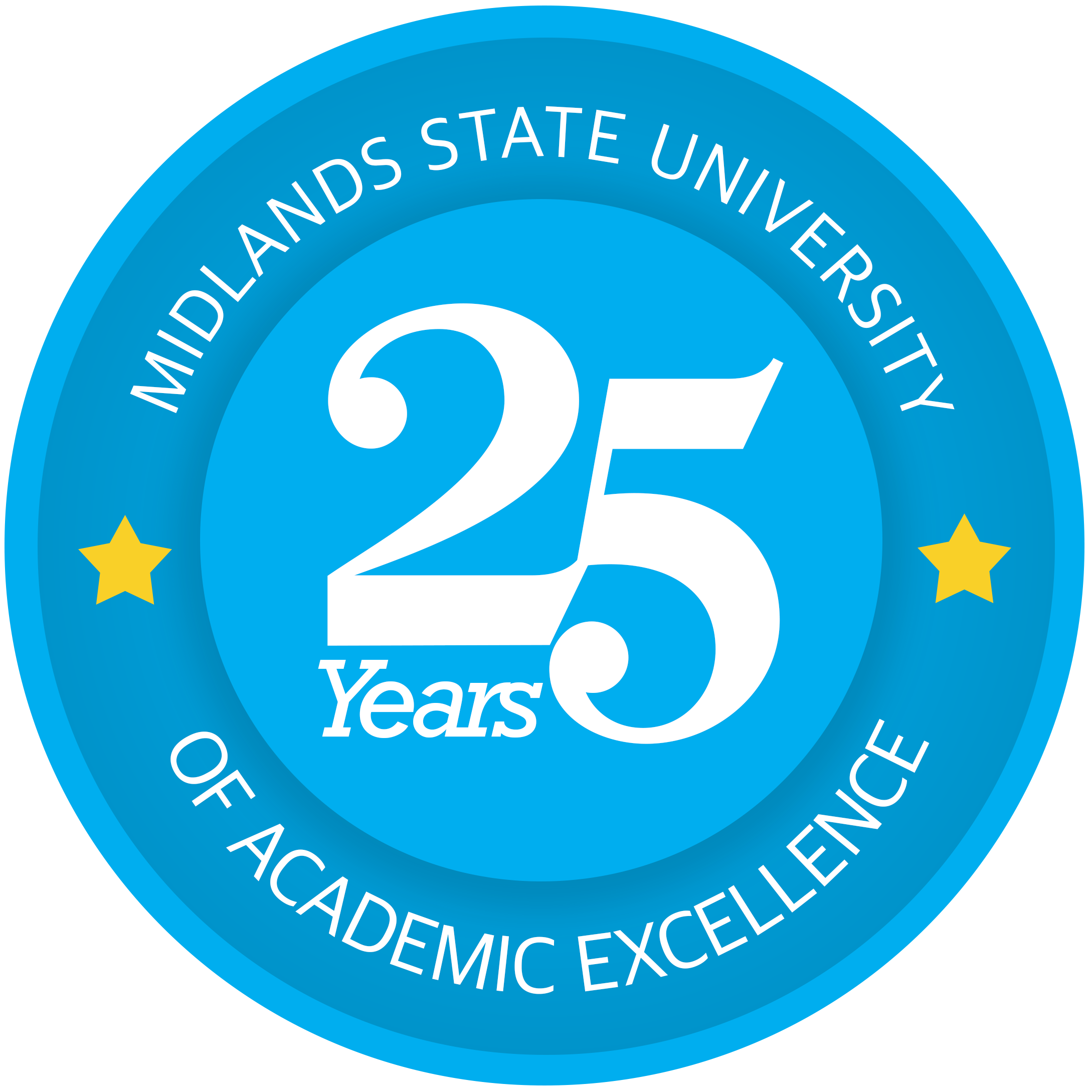Anatomy refers to the study of structure and function of the body. The study of anatomy and its application to medicine dates back to 325-255 B.C during the time where Herophilus of Alexandria lived. He is regarded as the father of Anatomy who first did a scientific human cadaveric dissection. Later on, in the 16th century, a Belgian physician, Andreas Vesalius, dissected human bodies and wrote a book on human anatomy in 1538. This book was the first accurate description of the interior of the human body.
In the faculty, anatomy is taught to undergraduate medical students as clinical anatomy where the structure and function of the human body is studied in relation to the practice of medicine and other health sciences. Historically, anatomy has been divided into 3 categories namely; histology (microscopic anatomy); embryology (developmental anatomy from the fertilized egg to birth) and gross anatomy ( macroscopic anatomy that involve dissections).
Currently, The Department of Anatomy at Midlands Sate University offers the subject as a course to 1st and 2nd year medical students. However, there are plans to teach anatomy as a degree program at both undergraduate and postgraduate levels. The academic staff of the department are supported by a highly skilled team of technical staff within the gross anatomy and the histology laboratories.

